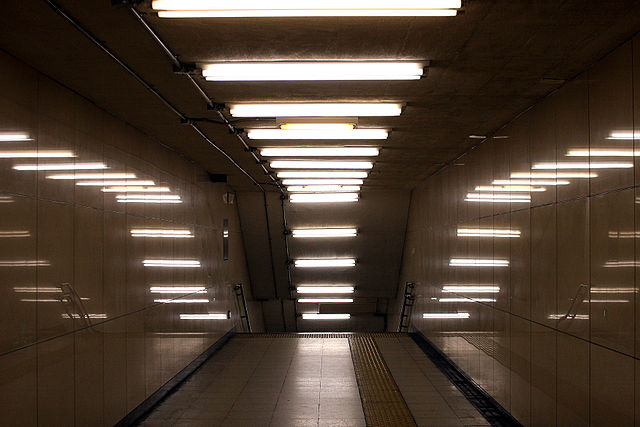In commercial buildings, lighting accounts for about 20% of the electricity use, and the most popular luminaire in these indoor applications has been the linear fluorescent lamp. In fact, lighting systems using linear fluorescent lamps accounted for over 75% of the lighting service in commercial buildings in 2010. The Office of Energy Efficiency & Renewable Energy (EERE) recently posted a new document explaining the different factors to consider when upgrading troffer luminaires to LED.
The installation of LED troffers soared from an estimated 40,000 units in 2010 to nearly 700,000 units in 2012, but LED luminaires in commercial buildings still make up less than 0.1% of the troffer luminaires, according to EERE. Outdated fluorescent fixtures could be wasting an excessive amount of energy. If LED technology reaches its projected market penetration in troffer luminaires of over 65% by 2030, it may be possible to achieve over 25% energy savings on a national level.
EERE lists the three primary LED options that exist for upgrading lighting system that use fluorescent troffers:
-
Replacing the fluorescent lamps with LED replacement lamps
-
Replacing the fluorescent lamps and other luminaire components with an LED retrofit kit
-
Replacing the fluorescent luminaires with new luminaires designed for LED light sources
What’s the best option for your lighting installation? It depends on the current lamp and ballast types and the condition of the fluorescent troffer luminaires, the desired photometric properties of the new system, the accessibility of the ceiling, and the initial and ongoing economic goals for the upgrade. Due to safety concerns, some considerations are imperative to avoid possible damage.
The document includes a table that steers consumers in the right direction. For each of the three upgrade options, the table provides a color-coded identification of whether a factor is favorable (green), whether there may be reasons to exercise caution (yellow), or whether there may be significant barriers (red). To learn the best option for your lighting upgrade, click here.




